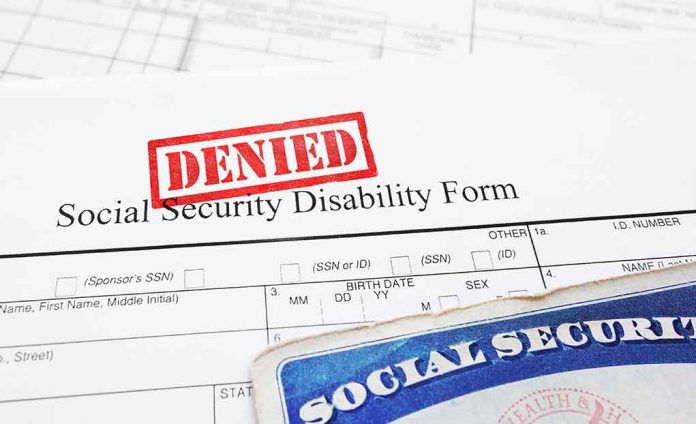
(DailyDig.com) – Only about 30 percent of initial Social Security Disability Insurance (SSDI) claims are approved, meaning someone who has been denied is in the company of about 70 percent of applicants.
The good news: 50 percent of applicants who follow the appeals process eventually are granted SSDI – a vital benefit for anyone who has become disabled and is unable to work.
Ask for a Reconsideration
The first step in appealing the denial of SSDI is to ask for a reconsideration. Anyone denied SSDI will receive a letter from the Social Security Administration explaining why the benefit was denied and outlining how the person can appeal the decision within 60 days.
Some applicants choose to start a new application after being denied benefits, but following the appeals process outlined in the letter is a more successful process of qualifying for benefits.
In asking for a reconsideration, the applicant is submitting the same information a second time, but the review will be completed by a different person within the SSA, so the chances of approval are different. Of course, an applicant also is welcome to provide extra medical evidence they might not have had available at the time of the initial application. The applicant should ask their doctor to provide a residual function capacity form that better outlines the disability.
Also, if the application was denied for lack of information about work history or if it appeared the applicant had continued to work and made too much money to qualify for SSDI, the applicant can attempt to correct that information during the reconsideration.
If Denied Again, Appeal to an Administrative Law Judge
When reconsideration is denied, the applicant has the right to file for a hearing before an administrative law judge. In this case, the applicant can present written documents plus call witnesses and medical experts to testify to the extent of their disability and how it affects their ability to work.
The judge will review the application and question the applicant and witnesses to gain a more thorough understanding of the extent of the applicant’s disability. The judge then will make a decision about whether to deny or approve the claim.
During the proceeding, the applicant should consider hiring a disability attorney to represent them during the hearing. Applicants might fear they cannot afford an attorney, but disability attorneys are forbidden from asking for up-front money and instead work on a contingency fee, where they will be paid the lesser of two options if the case is successful – 25 percent of the applicant’s first SSDI payment or $6,000. The first payment will include any back pay accrued from the first time the applicant became eligible for SSDI, which is six months after the disability occurred. The contingency fee provides the lawyer an incentive to represent your case successfully.
Final Steps to Appeal an SSDI Denial
If the administrative law judge agrees with the SSA’s initial findings and does not grant an SSDI application, the applicant has two final steps in the appeals process:
- Take the case to an SSA Appeals Council: The Appeals Council has staff to review appeals and judges and officials who review their findings. They can deny the appeal, remand it back to the ALJ for further review, or grant benefits. They can consider any mistakes in law the administrative judge might have made or any new medical evidence that arose since the ALJ made the decision.
- Appeal to Federal Appeals Court: Denial by the SSA Appeals Council can be taken to a federal appeals court, which would make a final ruling on any application.
Remember, half of all applicants who follow the appeals process eventually are granted benefits, so following the appeals process can be worth the effort.
Copyright 2023, DailyDig.com













